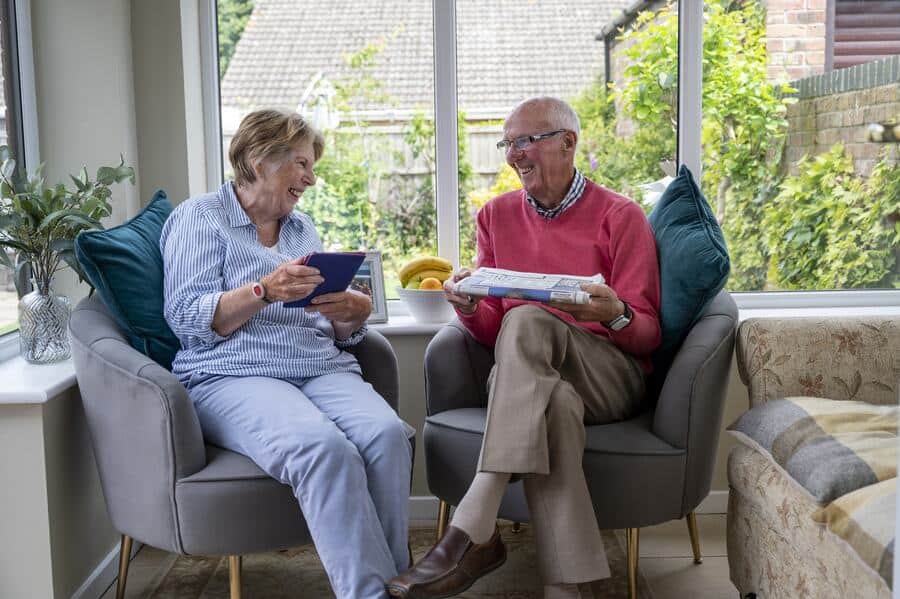Comment: How digital solutions generate a joined-up approach to care delivery

Gavin Bashar, UK Managing Director at Tunstall Healthcare, shares his insight into how investing in digital solutions can help to create a place where a modern, connected and joined up approach to care delivery is achievable.
Enabling the right systems and solutions
As we look to a world that is being transformed by the transition to digital connections, new ways of working will support the delivery of efficient, proactive and predictive care , while helping to reduce hospitalisations and ambulance call outs. Investing in digital solutions can create a system that is better able to support population health management effectively. For example by transforming our understanding of the challenges facing our health outcomes and the actions that are required to mitigate them.
Investment in digital solutions can help us to harness valuable data about individuals’ health and wellbeing which can enable upstream interventions, enabling care to become more targeted and proactive. It can enable greater integration, by helping health and social care providers to reconfigure services to provide better outcomes. Utilising data and technology to create a connected approach can also provide actionable insights to deliver more informed, and more effective care.

Harnessing data
By building on the ongoing collaborations that continue to be developed between organisations across the health and care landscape, we will see a system begin to emerge that is better connected and able to serve people in such a fast-changing world. The latest generation of digital solutions open up a whole new world of possibilities. This includes broadening the circle of care to engage families, friends and communities, and promoting services that are connected and data-driven.
Utilising data through digital solutions can positively impact the delivery of services. An interoperable system with data at its heart will support service providers involved in the care of an individual to access their care records at any time, in any location.
Smart approaches that standardise the use of technology and data will contribute to highly-personalised patient approaches, and enable providers to deploy specific and targeted solutions that are able to meet the needs of individual challenges.
What does this look like in practice?
Sheffield City Wide Care Alarms (CWCA), run by Sheffield City Council, handles calls from 8,200 connections across Sheffield. CWCA recently migrated its telephone lines to a real time call handling solution that supports multi-tenancy and both analogue and digital protocols.
Since then, CWCA has seen its operators find the system more intuitive to use, making it easier to create referrals, manage equipment and update service user information. Reporting is now also able to harness citizen’s data to identify any changes in behaviour that may indicate a cause for concern that can be addressed before it leads to acute or more expensive care being required.


